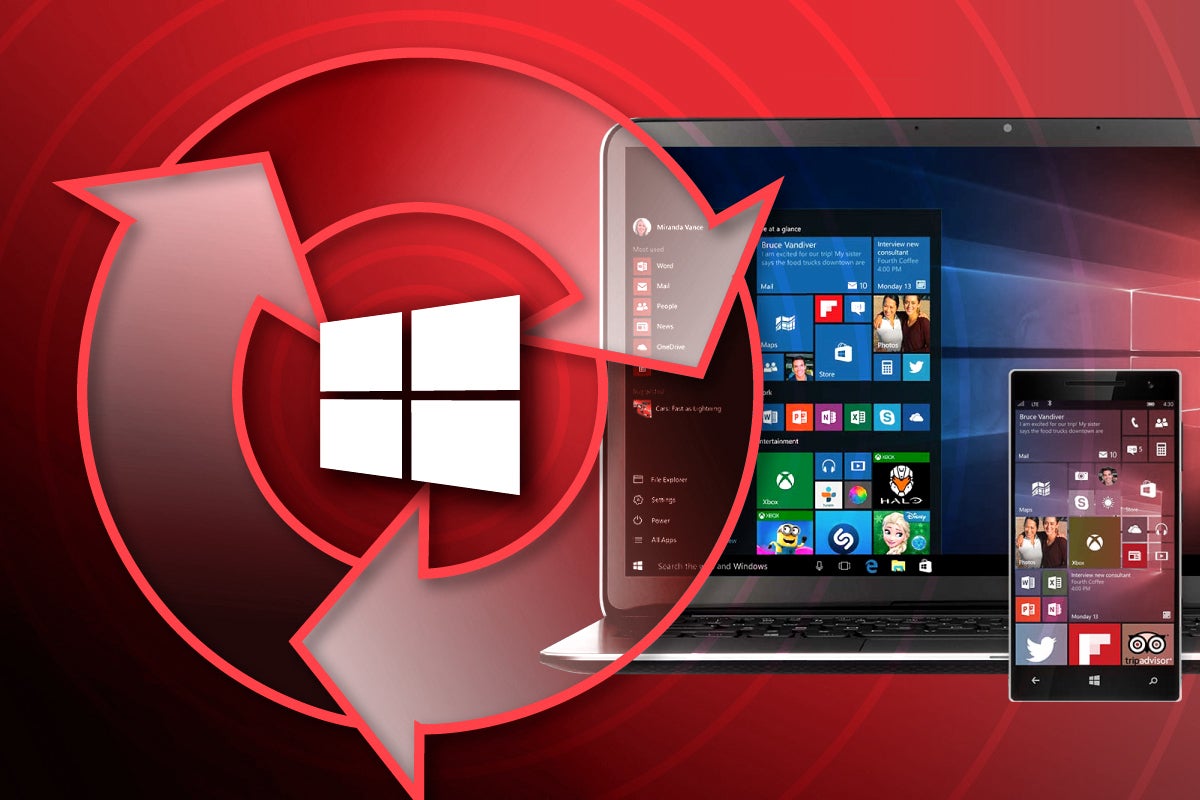20 years after Gates’ call for trustworthy computing, we’re still not there

Credit to Author: Susan Bradley| Date: Mon, 17 Jan 2022 03:42:00 -0800
Do you feel more secure? Is your computing experience more trustworthy these days?
Seriously — you’re reading this article on a computer or phone, connecting to this site on an internet shared with your Grandma as well as Russian hackers, North Korean attackers, and lots of teenagers looking at TikTok videos. It’s been 20 years since then-Microsoft CEO Bill Gates wrote his Trustworthy Computing memo where he emphasized security in the company’s products.
So are we actually more secure now?
I’m going to keep in mind the side effects from last week’s Patch Tuesday security updates and consider them in my answer. First, the good news: I don’t see major side effects occurring on PCs not connected to active directory domains (and I haven’t seen any showstoppers in testing my hardware at home). I can still print to my local HP and Brother printers. I can surf and access files. So, while I’m not ready yet to give an all-clear to install the January updates, when I do, I doubt you’ll see side effects.



 Microsoft has recently developed a new update for Windows 10 PCs, called Windows 10 November 2021 update, version…
Microsoft has recently developed a new update for Windows 10 PCs, called Windows 10 November 2021 update, version… What is WSL? The Windows Subsystem for Linux (WSL) is a resource inside the Windows operating system that…
What is WSL? The Windows Subsystem for Linux (WSL) is a resource inside the Windows operating system that… Microsoft has released an all-new Windows 11 Operating System (OS). This article highlights the new features in Windows…
Microsoft has released an all-new Windows 11 Operating System (OS). This article highlights the new features in Windows…

